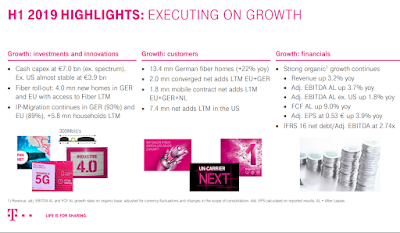Masergy is highlighting the next evolution of its Intelligent Service Control (ISC) portal that offers a holistic view of clients’ global SD-WAN and Unified Communications as a Service (UCaaS) applications while enabling the ability to manage, secure, and optimize their network environments in real-time.
Masergy’s new ISC portal simplifies and unifies network and application management with real-time visibility, analytics and service control purpose-built for the multi-cloud enterprise.
The ISC portal delivers:
“When it comes to accelerating the pace of IT and building a multi-cloud environment, unified network visibility is everything--global enterprises need a single source of truth for information about their cloud application performance,” said Masergy’s Chief Digital Officer Terry Traina.
Masergy’s new ISC portal simplifies and unifies network and application management with real-time visibility, analytics and service control purpose-built for the multi-cloud enterprise.
The ISC portal delivers:
- A single pane of glass delivers unified views of analytics for the customer’s global networks, UCaaS, WAN edge devices, and application performance.
- Customizable dashboard views allow the customer to feature the information they need with views of top applications, security threats, network services, network usage, and open support tickets.
- Real-time bandwidth controls provide the ability to modify port bandwidth globally across both public and private connections.
- End-to-end visibility of application performance help customers make faster, more informed decisions about bandwidth allocation and service improvement.
- Comprehensive self-service features empower the customer to control the network with site and contact management capabilities, ticket tracking, alarm notifications, invoicing, device reports, change history, and escalations.

“When it comes to accelerating the pace of IT and building a multi-cloud environment, unified network visibility is everything--global enterprises need a single source of truth for information about their cloud application performance,” said Masergy’s Chief Digital Officer Terry Traina.



















